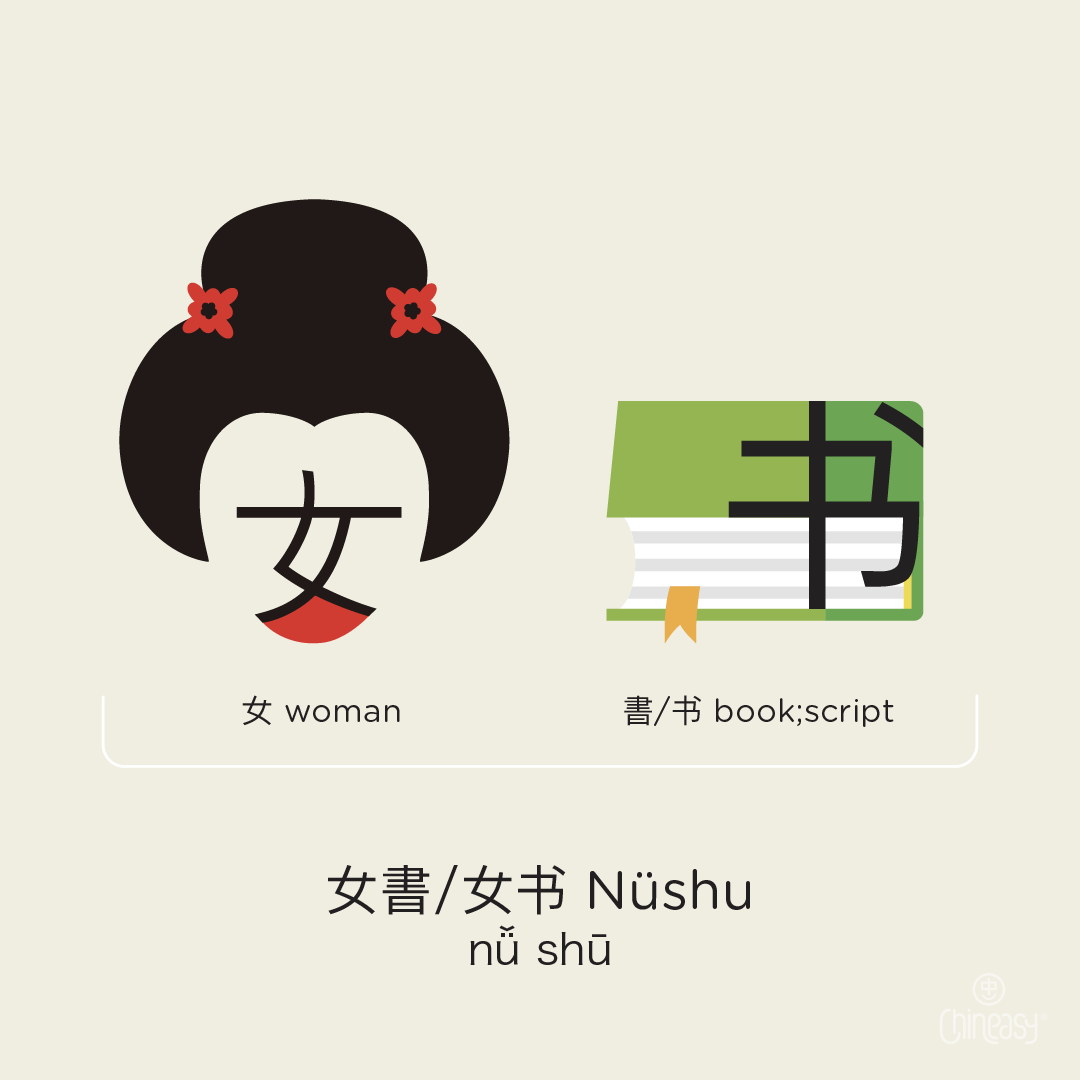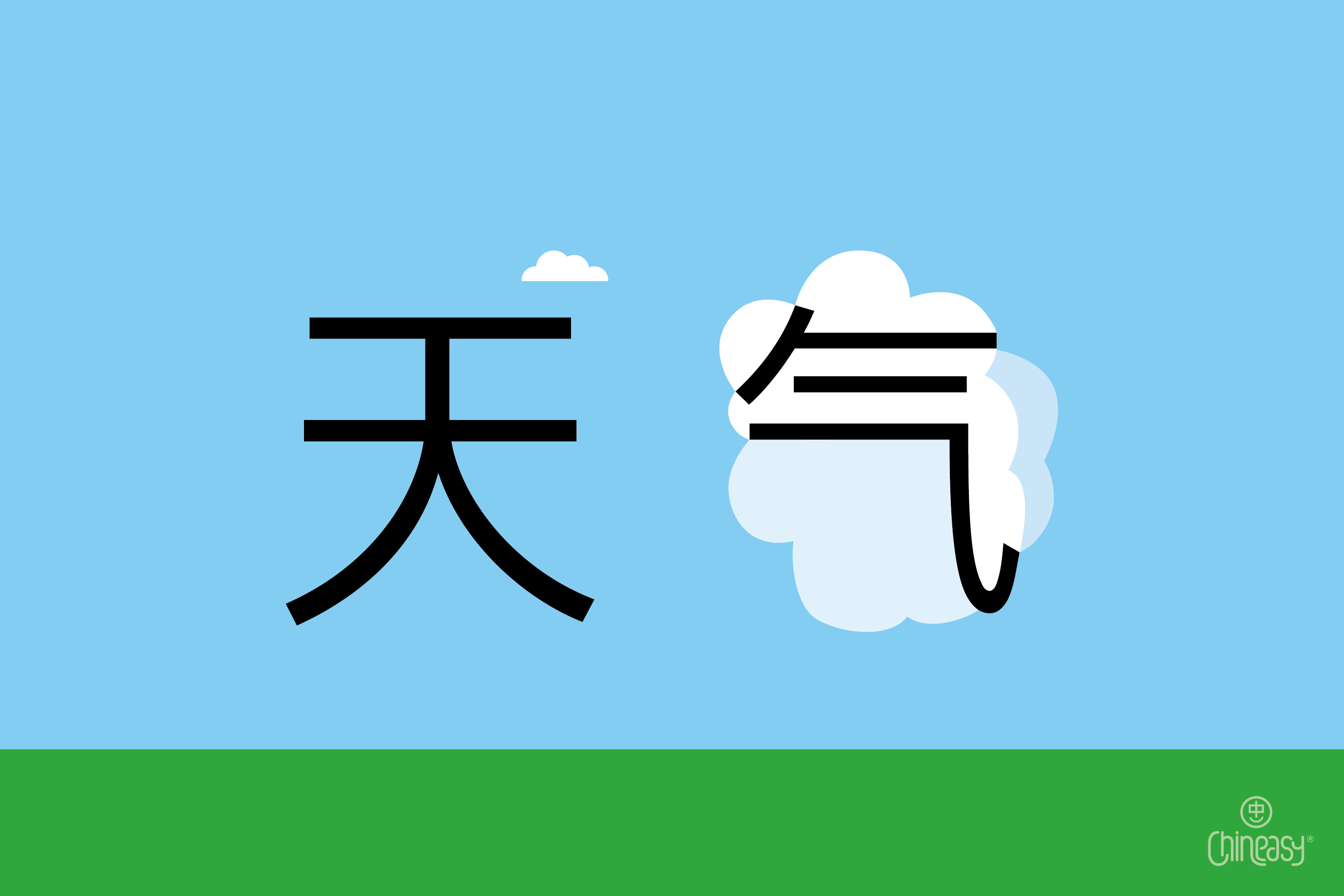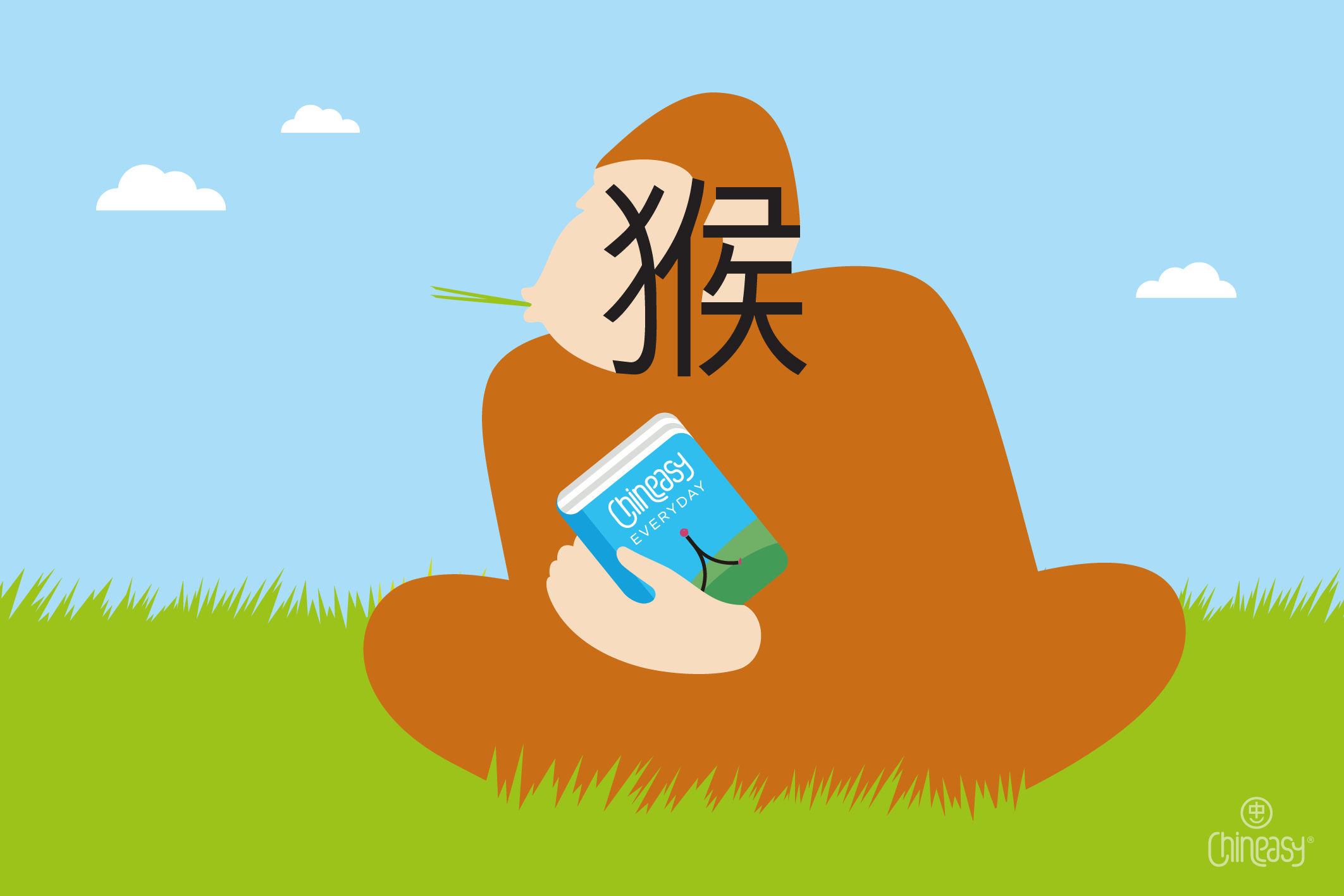Most of us are familiar with the two primary written forms of Chinese—Simplified and Traditional characters.
But what if we told you there was a third script, a secret language that remained hidden from the world until its discovery in the early 1980s?
This little-known writing system is called Nüshu (女書/女书; nǚ shū), which literally means “women’s script.”
Nüshu was a unique and secretive form of writing, created and used exclusively by women in Jiangyong County (江永縣/江永县; jiāng yǒng xiàn), Hunan Province (湖南省; hú nán shěng).
In a society where they were often silenced and their movements restricted by traditions like foot-binding, these women carved out a space for themselves—a silent rebellion written in delicate strokes.
In recent years, thanks to the dedicated efforts of scholars and the power of modern storytelling, Nüshu has emerged from the shadows, resonating with women across the globe as a symbol of resilience and sisterhood.
In this post, we’ll explore the fascinating history of Nüshu, uncovering its origins, significance, and the timeless lessons it holds for us today.

The Origins: A Silent Rebellion
To understand the origins of Nüshu, we must first consider the cultural and social environment of the time.
In traditional Chinese society, particularly in the remote regions of Jiangyong County (江永縣/江永县; jiāng yǒng xiàn), women were largely confined to the domestic sphere. They were expected to be subservient, modest, and obedient, with their roles primarily revolving around household duties and raising children.
While education was generally reserved for men, leaving most women illiterate in the standard Chinese scripts, the women of Jiangyong County found a way to work around these restrictions.
They developed Nüshu as a means of private communication, passing it down through generations in a closely-knit female community.
Despite being marginalized and restricted, these women crafted a language that was uniquely their own—a silent but powerful expression of their inner lives.
The Development
Nüshu may have developed during the Song Dynasty (960–1279) or possibly even earlier, though its exact origins remain somewhat obscure due to the secretive nature of its use.
This unique script is phonetic, consisting of approximately 700 distinct characters, and notably, it uses no punctuation.
Unlike the logographic Chinese script, where each character represents a word or morpheme, Nüshu characters correspond to the syllables of the local dialect spoken in Jiangyong. A Nüshu character can represent multiple meanings of Chinese characters, but the reverse is not true.
This makes Nüshu a more efficient language, often requiring fewer characters than standard Chinese to express the same concept.
Another significant difference is found in the stroke styles. While mainstream Chinese writing features strokes that vary widely in thickness and length, Nüshu characters are slender, elongated, and consistently fine in stroke width.
The fine, delicate strokes of Nüshu are both aesthetically pleasing and functionally effective, allowing women to write discreetly on small surfaces like handkerchiefs, fans, and cloth.
Moreover, Nüshu consists of only four types of strokes: dot, vertical, diagonal, and curved. This simplicity, combined with the script’s elegance, made Nushu a powerful tool for personal expression in a society where women’s voices were often suppressed.
Transmission and Use
Nüshu was primarily transmitted orally and through imitation. Mothers, grandmothers, and elder sisters taught the script to younger girls, who would then use it to write letters, compose poems and songs, and create beautifully embroidered cloth books known as “third-day missives” (三朝書/三朝书; sān zhāo shū).
These cloth-bound books were often given as parting gifts to newlywed brides on the third day after their wedding, filled with well-wishes, advice, and heartfelt messages from their female relatives and friends.
One of the most poignant uses of Nüshu was in the composition of “crying songs” or “weeping letters.” These were often written by women who were separated from their loved ones or lamenting their difficult circumstances. The script allowed them to pour their hearts out in a deeply personal way, safe from male scrutiny.
The Decline and Rediscovery
For centuries, Nüshu remained a hidden tradition, known only to the women who practiced it.
The secrecy surrounding Nüshu was also profound because scripts were often burned or buried with their owners upon their passing, making original copies of Nüshu texts exceedingly rare.
As societal roles evolved and women gained access to formal education, the need for a secret language diminished. This led to a significant decline in the number of Nüshu practitioners, and the script gradually faded into obscurity.
It wasn’t until the early 1980s that Nüshu was brought to the attention of scholars, largely due to the pioneering work of researchers like Zhou Shuoyi. He began documenting the script and its cultural significance, ensuring that this unique form of female expression was not lost to history.
This rediscovery sparked renewed interest in Nüshu, not just as a linguistic curiosity but as a powerful symbol of female solidarity and resistance.
Nüshu Today: A Source of Inspiration
As the world becomes increasingly interconnected, Nüshu is finding renewed relevance and purpose among modern women.
Today, Nüshu is both studied and celebrated in China, with ongoing efforts to preserve and revive this extraordinary script. Its origins, deeply rooted in the resilience and creativity of the women of Jiangyong, continue to inspire us. Nüshu serves as a powerful reminder of how language can forge connections, share stories, and challenge societal norms.
The script stands as a symbol of female solidarity and a testament to the strength and resourcefulness of women throughout history. By learning about Nüshu and the women who created it, we can all draw inspiration from this unique language and continue to build upon the bonds of sisterhood that it was designed to foster.
Dig deeper: further viewing
- The Secret Language of Women: Nushu – An exploration of Nushu’s origins and its role in women’s lives in China.
- Nushu: China’s Hidden Script – A journey into the unique characteristics and cultural significance of Nushu.
- Rediscovering Nushu: The Female Script – A look at the modern efforts to preserve and revive Nushu and its impact today.



